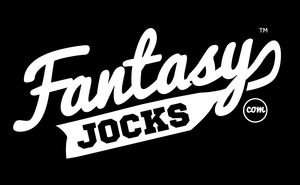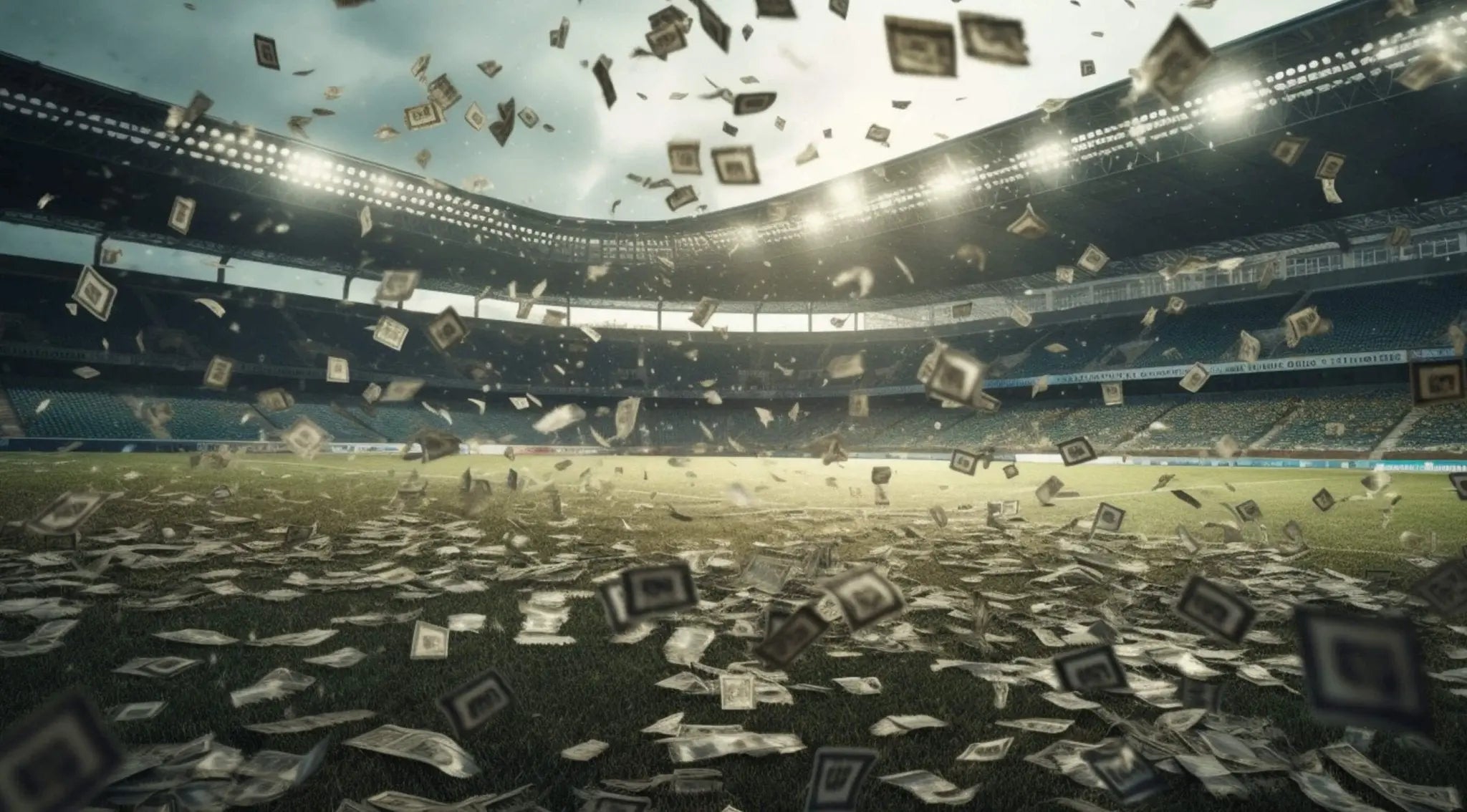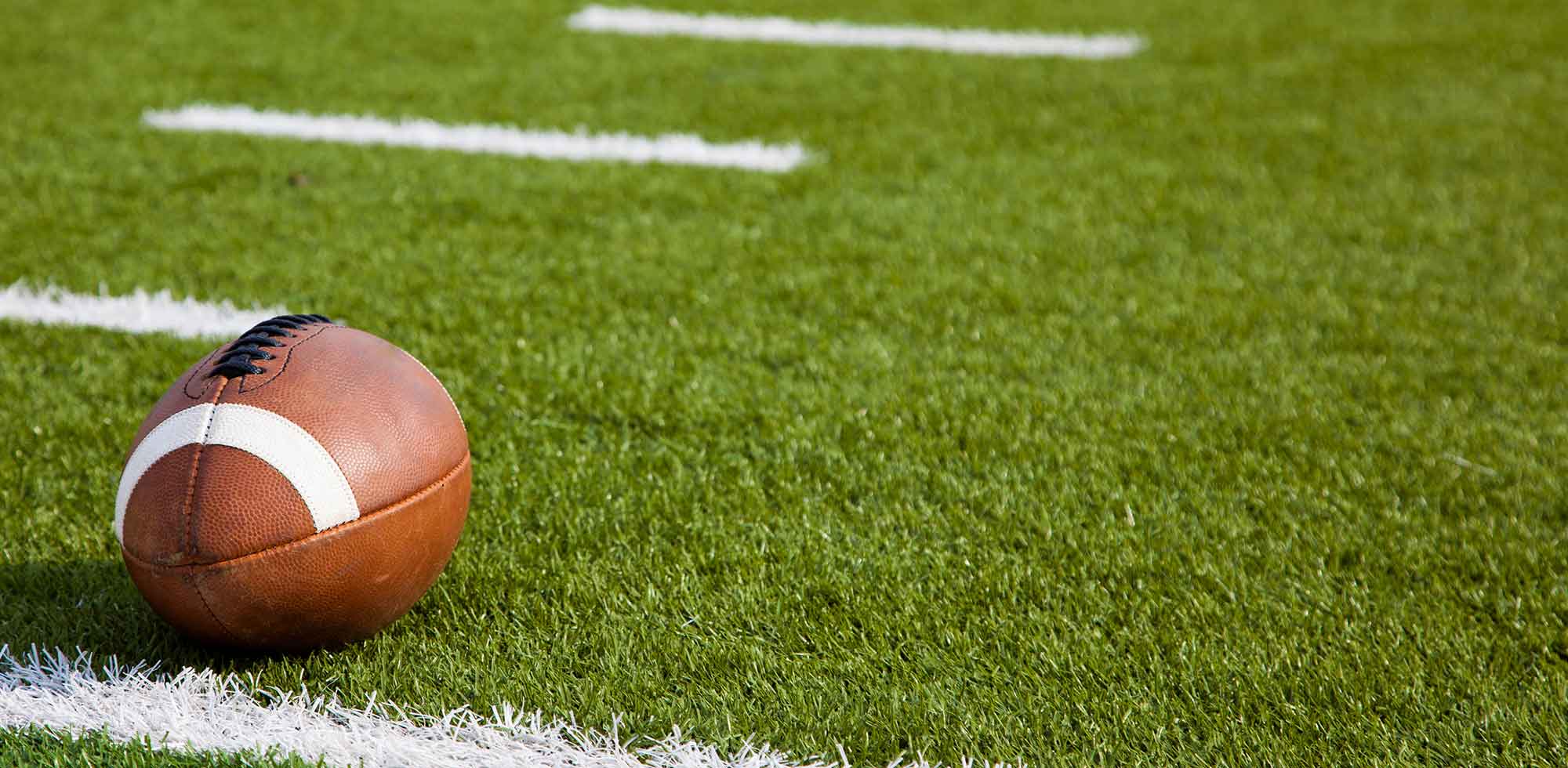I. Introduction to Fantasy Football Trading
Ah, the art of the trade. It's like the Wild West of fantasy football. The thrill of the deal, the rush of the negotiation, the sweet taste of victory when you pull off a steal. But let's be real, trading can also be a minefield of regret and disappointment.
That's why we're here to help you navigate the treacherous waters of fantasy football trading with some tips and tricks to come out on top. So grab your cowboy hat and your calculator, partner. We are here to teach you how to trade in fantasy football!
II. Understand the Value of Players
Valuing players - It's like trying to guess the price of a rare "rare" Upper Deck Ken Griffey Jr Rookie Card.. But fear not, young fantasy footballer! Here are some tips to help you figure out which players are worth their weight in gold, and which ones are just dead weight:
- Check their stats: It's not rocket science, folks. Look at the player's performance so far this season, and compare it to their performance in previous seasons. Are they consistently good, or is their success just a fluke?
- Know their role: Is the player a star quarterback or a benchwarmer? Are they a key player for their team, or just a backup? The more important they are to their team, the more valuable they'll be in fantasy football.
- Check the matchups: Sometimes a player's value can fluctuate based on their upcoming opponents. If they're facing a tough defense, their value might drop. But if they're facing a weak defense, they could be in for a big game.
- Don't be fooled by name recognition: Just because a player is a household name doesn't necessarily mean they're a valuable fantasy player. Sure, everyone knows Tom Brady, but if he's having a down year, he might not be the best option for your team.
- Avoid being biased: Don't let your personal feelings about a player (good or bad) cloud your judgment. Evaluate them objectively based on their performance and potential.
And of course, don't forget to be wary of those sneaky trade proposals. Just because someone is offering you their star player doesn't mean it's a good deal for you. Keep these tips in mind when evaluating trade offers, and you'll be well on your way to earning your very own Fantasy Football Championship Belt!
III. Timing is Everything
Timing can make or break a trade in fantasy football, much like it does in comedy. There's a fine line between a well-timed trade that can turn your season around and a poorly timed one that can leave you feeling like a punchline.
The key to successful fantasy football trading is being able to recognize when the timing is right. Keep an eye on the waiver wire, injury reports, and the upcoming schedule. If you see an opportunity to make a trade that can help your team, don't wait too long or you might miss out.
On the other hand, don't jump the gun and make a trade just for the sake of making one. Sometimes the best move is to wait and see how things play out before making a move. And remember, just because a player is hot one week doesn't mean they'll continue to perform at that level.
Avoid common pitfalls like trading out of panic or desperation, or making trades based solely on name recognition. Instead, be patient and strategic, and you'll be sure to make some winning trades that'll have your league mates laughing all the way to the playoffs.
IV. Target Weaknesses in Opposing Teams
Now that you've assessed the value of your own players and understood the importance of timing, it's time to look at the other teams in your league. By identifying weaknesses in opposing teams, you can find opportunities to make trades that benefit both parties.
Start by analyzing each team's roster and identifying areas of weakness. Maybe one team has a strong group of running backs but lacks a quality quarterback, or perhaps another team has a top-tier tight end but weak wide receivers. Once you've identified these weaknesses, you can offer a trade that benefits both teams.
However, it's important to avoid making low-ball offers or trying to take advantage of a team's weaknesses. Instead, focus on proposing fair and mutually beneficial trades that address the needs of both teams. By targeting weaknesses in opposing teams, you can improve your own team while also helping out your fellow league members.
V. Negotiation Strategies
Now that you know what players to target and when to strike, it's time to hone your negotiation skills. (The meat & potatoes of this article).
Here are some tactics to consider:
-
Overview of negotiation tactics to consider when making trades:
- Aim high: Start with a strong offer that's in your favor. This sets the tone for the rest of the negotiation.
- Show enthusiasm to make a deal, but don't overdue it: Make it clear that you really want the player you're targeting. If the other team knows you're desperate, they'll have more leverage.
- Be flexible: Negotiations are all about compromise. Be willing to give up something in exchange for the player you want.
- Don't reveal your hand: Keep your cards close to your chest. Don't reveal too much about your strategy or what players you're targeting.
-
Tips for getting the best deal:
- Do your research: Know the value of the players involved and what other teams in your league are willing to pay.
- Be patient: Sometimes the best deals come to those who wait. Don't rush into a bad trade just because you're eager to make a move.
- Use the buddy system: If you have a friend in the league who's close to the other team, ask them to put in a good word for you.
-
Common mistakes to avoid:
- Don't be too aggressive: Negotiations are all about finding a win-win situation. Don't try to strong-arm the other team into making a deal that only benefits you.
- Don't get emotional: Keep a cool head during negotiations. Don't let your emotions get the best of you, or you may end up making a bad trade.
VI. Be Prepared to Cut Your Losses
You've made a trade, but it's not working out as planned. What do you do? It's time to cut your losses.
As painful as it may be, sometimes you need to admit defeat and move on. Don't hold onto a player just because you traded for them. If they're not performing up to expectations, it may be time to cut bait.
This doesn't mean you should give up on a player after just one bad week. But if a player is consistently underperforming or has suffered a significant injury, it may be time to let them go.
Don't be afraid to make a trade that seems like a loss on paper if it means freeing up a roster spot or getting rid of a headache. Remember the famous scene from the movie "Wolf of Wallstreet" where Jordan Belfort said "I'm not f***ing leaving!" Don't be like that. Sometimes, you need to know when to leave.
Of course, cutting your losses also means being prepared to admit when you made a mistake. If you traded away a player who ends up having a breakout season, don't beat yourself up over it. Learn from your mistakes and use them to inform your future trades.
VII. Recap
In conclusion, trading in fantasy football can be a daunting task, but it doesn't have to be. By understanding the value of players, timing your trades, targeting weaknesses in opposing teams, and using effective negotiation strategies, you can improve your team's chances of success.
So go ahead and put these tips and tricks to use in your next trade, and may the fantasy football gods be ever in your favor!
Now ready to take down a championship, be sure to check out our EPIC Fantasy Football Belts!





